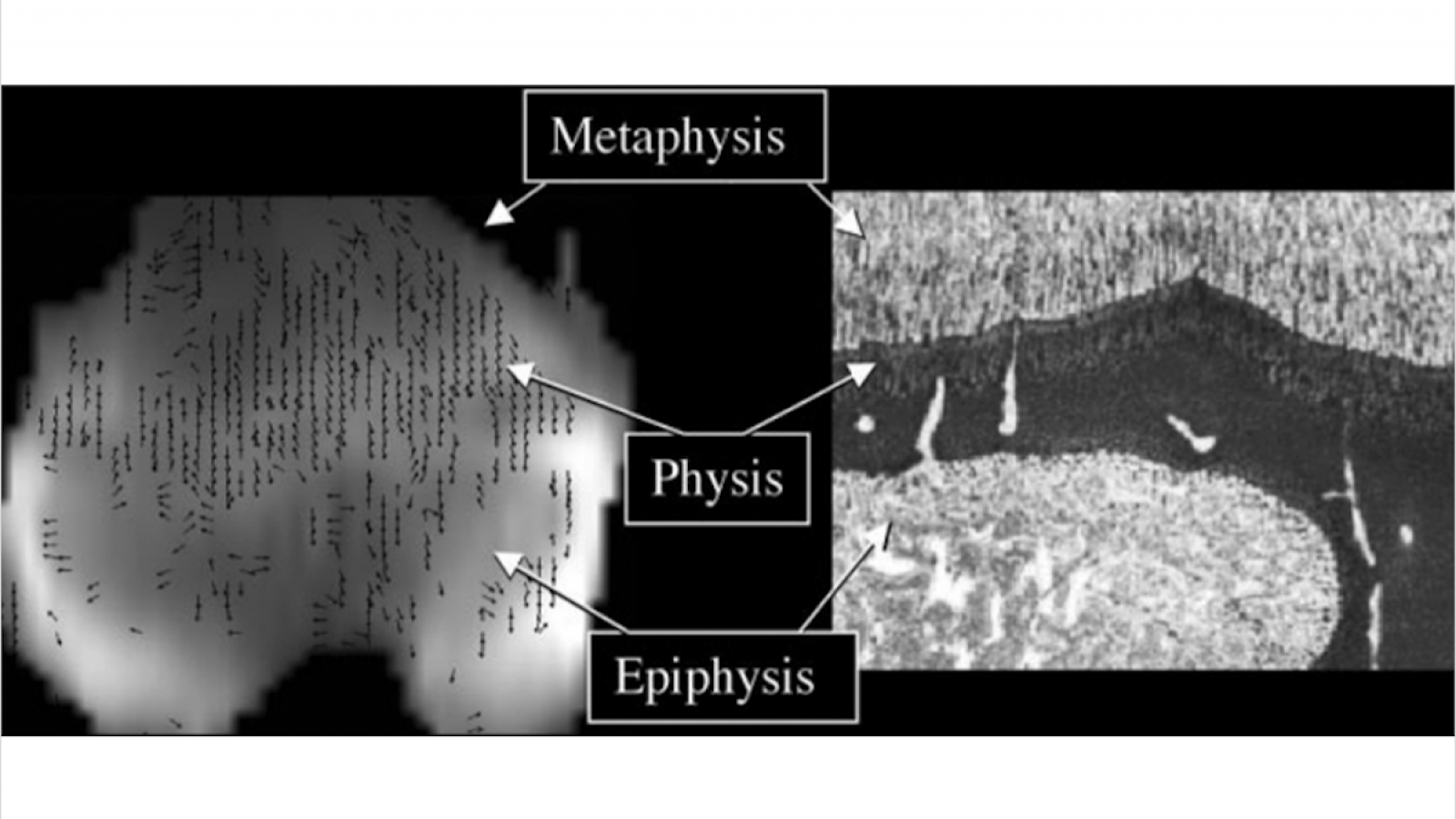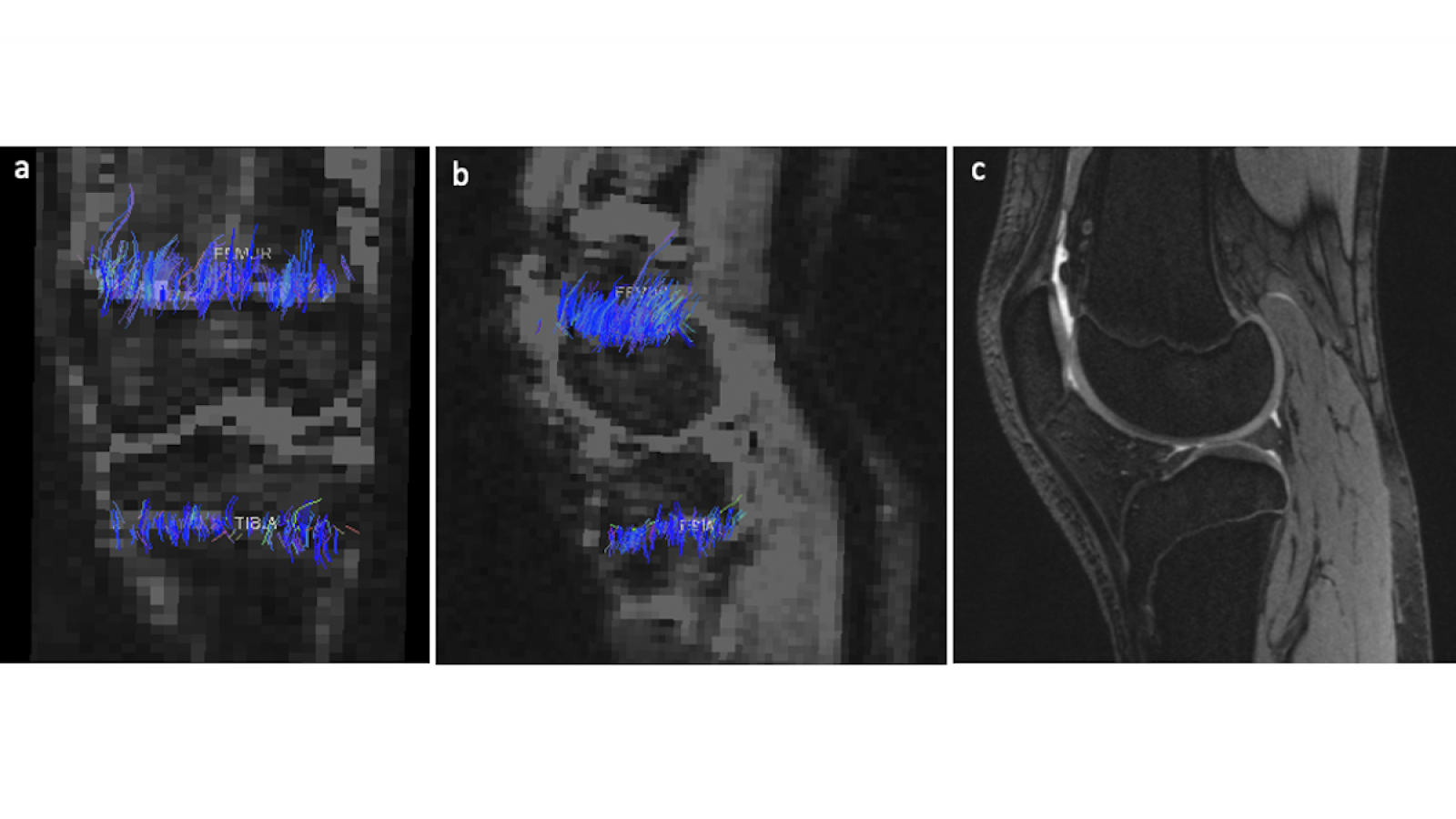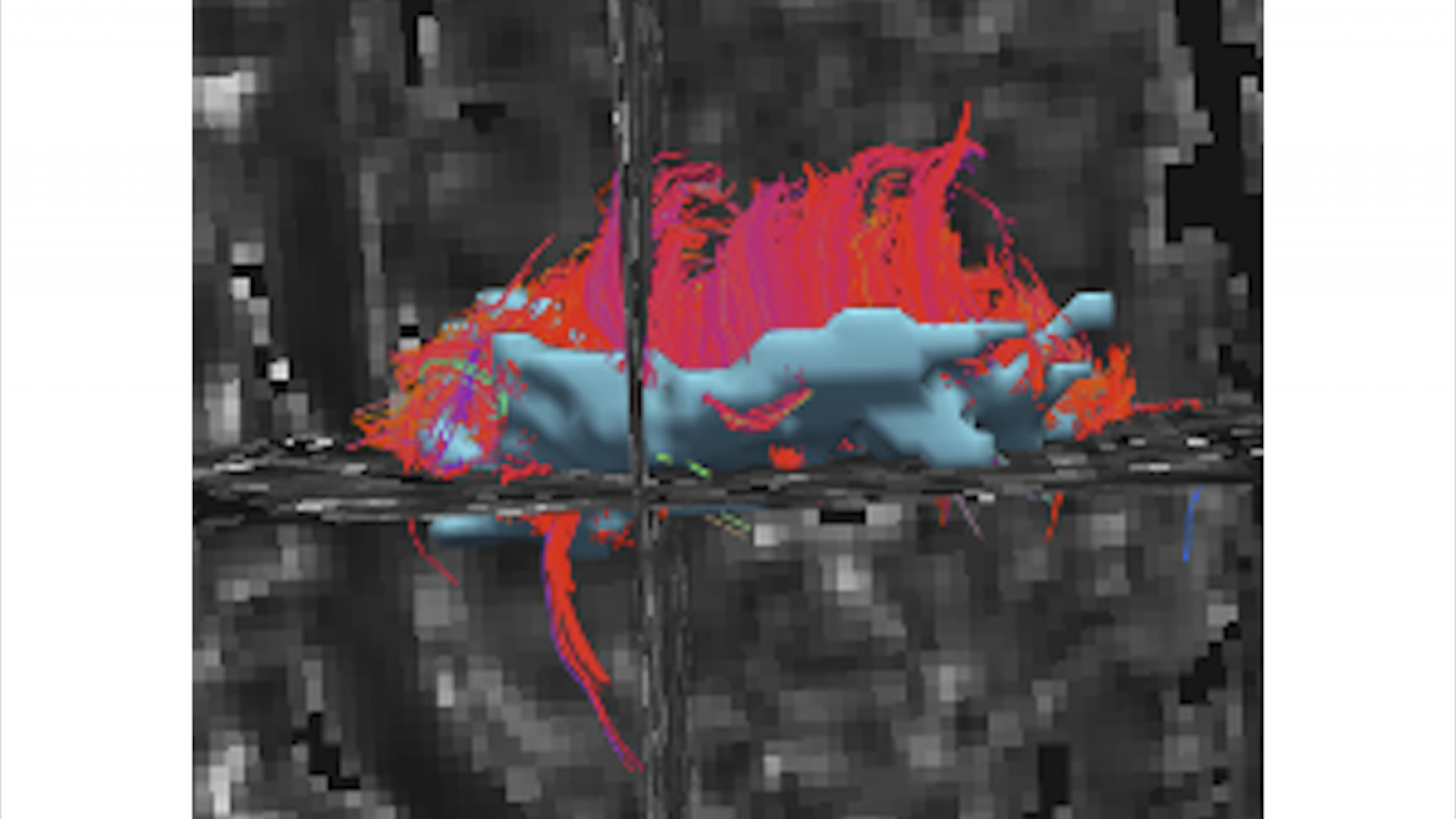Research
Current Projects
Predicting Height Velocity During Pubertal and Early Adolescent Growth
- Funding: NIH 1 R01 HD104720-01 (2021-2026) and Society for Pediatric Radiology Research and Education Fund (2020-2022)
- Principal Investigator: Diego Jaramillo, MD, MPH
- Summary: We measure height velocity during early puberty and serial changes in physeal DTI tract volume in children imaged at 0, 4, 8, and 12 months and then annually during the four years of the growth spurt.
Predicting the Cessation of Adolescent Growth
- Funding: NIH 1 R01 HD104720-01 (2021-2026)
- Principal Investigator: Diego Jaramillo, MD, MPH
- Summary: We correlate physeal DTI parameters with decreasing height gain in adolescents studied for two years near skeletal maturity.
Assessment of Response to Growth Hormone Therapy Based on Early Changes in Physeal DTI Parameters
- Funding: NIH 1 R01 HD104720-01 (2021-2026)
- Principal Investigator: Diego Jaramillo, MD, MPH
- Summary: We measure tract volume and FA in children before growth hormone (GH) therapy and 4, 8, and 12 months later to assess GH response sooner than current methods.
Automatic Segmentation of the Physis on the B0 Images Using a Novel 3D U-net Segmentation Network
- Funding: NIH 1 R01 HD104720-01 (2021-2026)
- Principal Investigator: Diego Jaramillo, MD, MPH
- Summary: We automate the processing of the physeal DTI studies.
Past Projects
Validation of Diffusion Tensor Imaging of the Physis and Metaphysis as Predictor of Skeletal Growth in Children
- Diego Jaramillo, MD, MPH
- Summary: Tract volume derived from DTI of the physis/metaphysis can predict height velocity (1-yr. height gain) and total height gain more accurately and precisely than current bone age-based methods.
Deep Learning Assisted Diffusion Tensor Imaging for Evaluation of the Physis and Metaphysis
- Simukayi Mutasa, MD, Sachin Jambawalikar, PhD, Diego Jaramillo, MD
- Summary: We have performed a study to compare manual segmentation by several observers with automated segmentation performed using a 3D U-net network. Our hypothesis is that the automated segmentation can provide comparable results to the manual process with a significant gain in time.



